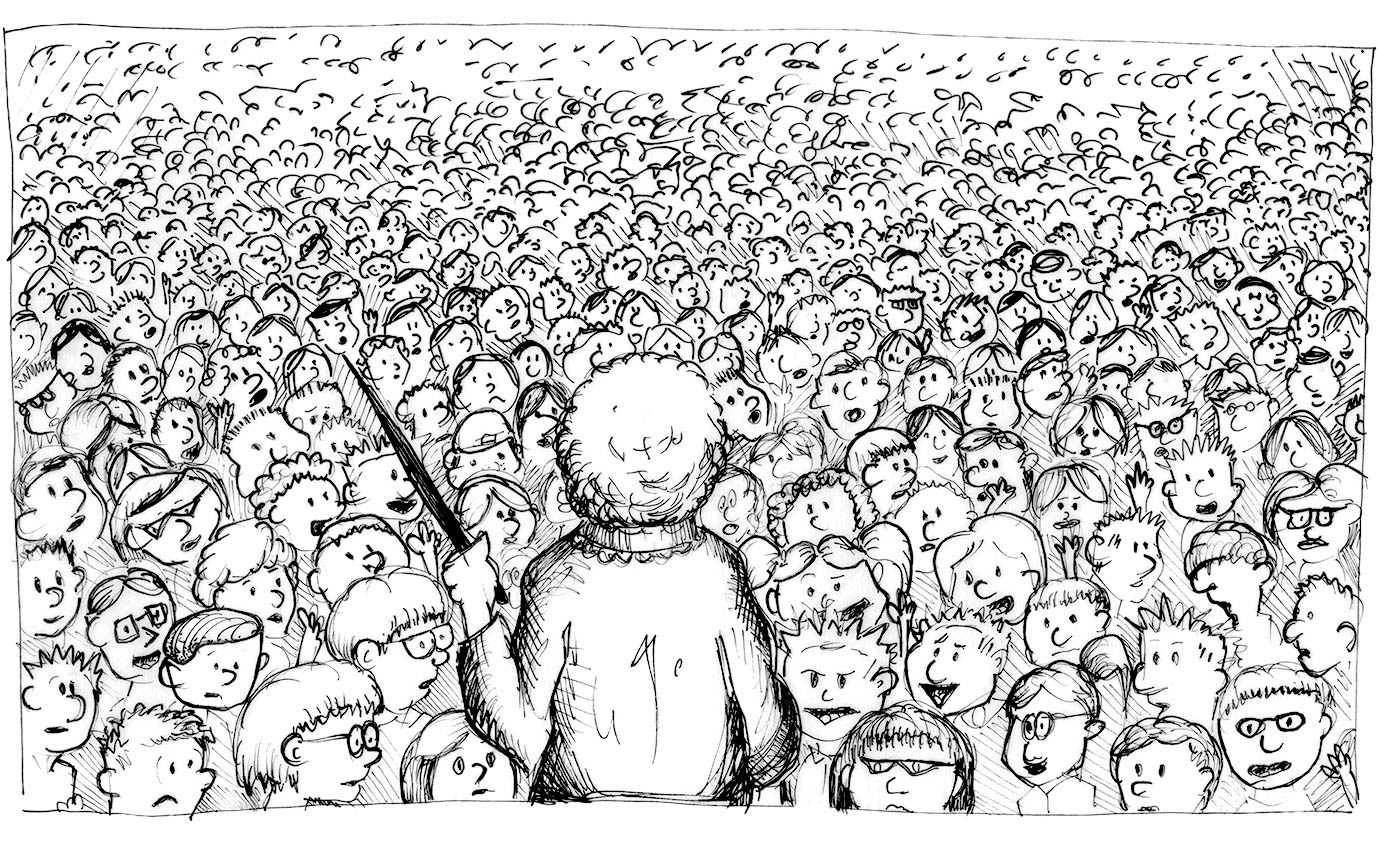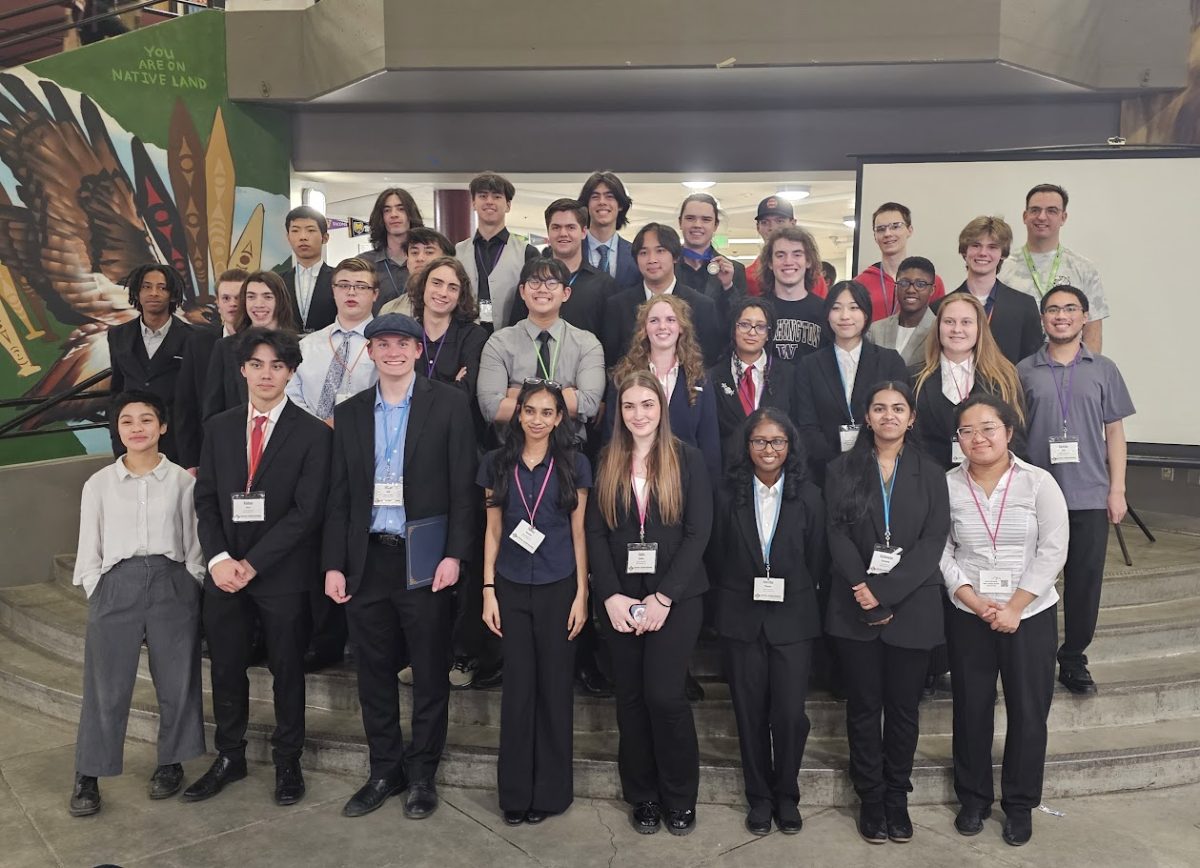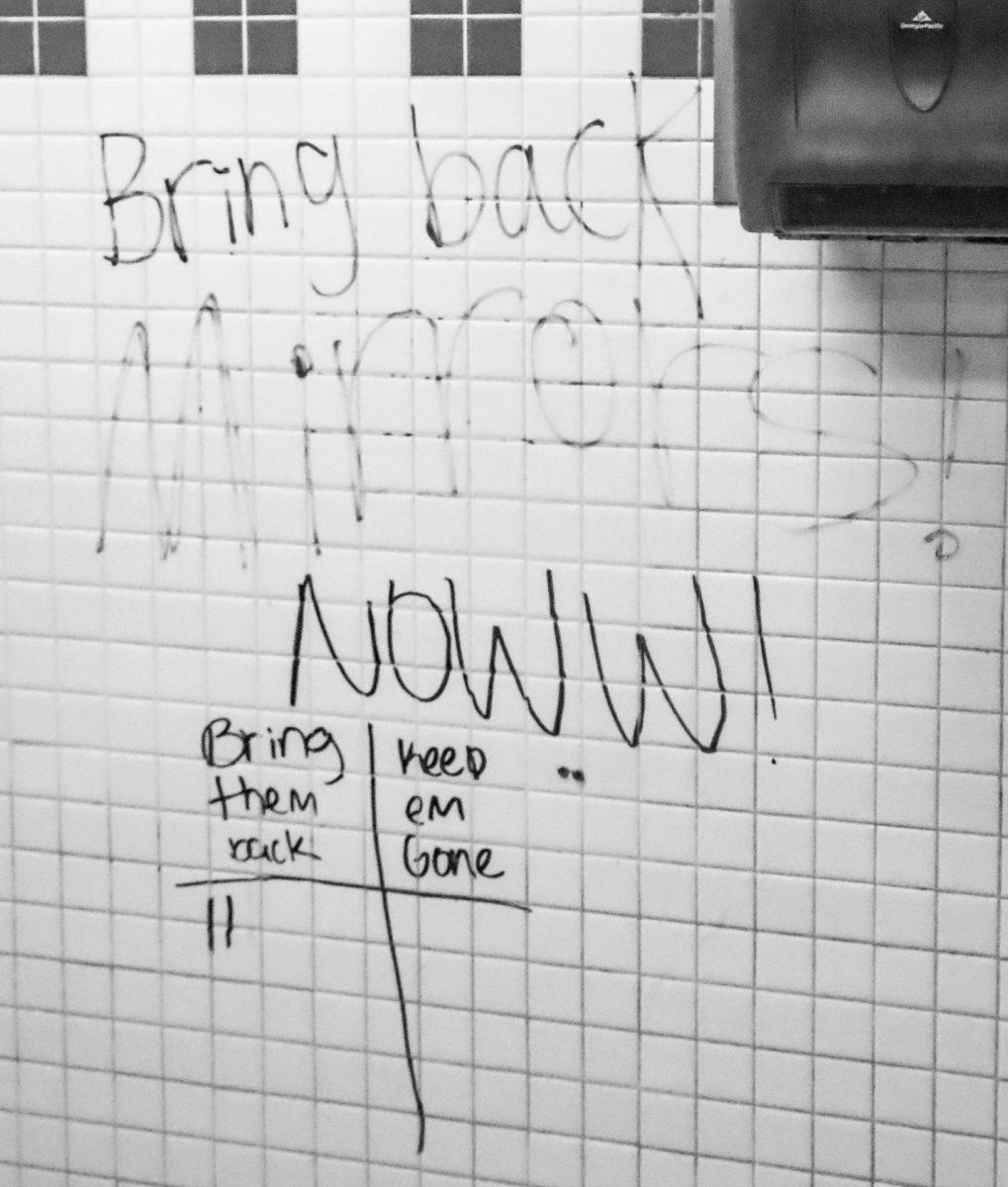As the new school year begins, those who are returning to MTHS may find some of their classes are overcrowded, with some classes having over 36 students to one teacher. This drastic increase in class sizes was unprecedented by the school; several actions have been taken by the administration in an attempt to bring down some of the more overwhelming class sizes.
Every year, before the school year begins, the Edmonds School District (ESD) employs demographers who predict how many new students will show up at each ESD school, which helps the ESD know how many resources they need to dedicate to each school.
Though the demographers employed by the ESD predicted that MTHS would be getting a small increase in students for this school year, many more new students came to MTHS than were predicted. A large cause of this inaccurate prediction was the fact that many more students decided to transfer to MTHS this year rather than attend the high school of their local area, a number of students which the demographers were unable to predict accurately.
These inaccurate predictions are the source of the school’s current overcrowding problem, according to Assistant Principal Peter Schurke.
“We are staffed for a certain number of kids and if more kids than that show up, then we get overcrowding,” Schurke said.
The funding the school district provides to MTHS to build its staff is directly related to the projections provided by the demographers and if those predictions turn out to be inaccurate, funding for individual schools can be adjusted by the school district based on an official count of student numbers on the fourth day of school.
Funding can be increased or decreased based on this official count of students at the school. However, an increase in funding would not by itself solve the problems of overcrowded classes.
“Even if [the ESD] was to give us a full teacher’s worth of time… it breaks up in such a way that there are no teachers out there endorsed to teach everything, so we would be hiring a lot of part time teachers, and that’s really hard to find,” Schurke said. “It is also possible that the district may say that ‘we’re out of money, you’re gonna have to make do with what you’ve got,’ and we have to make do with what we’ve got.”
The administration has been working since the start of the school year to make classes as balanced as possible so teachers can share the overload as equally as they can. However, there are some cases where all of the periods for a certain class are overcrowded, with some classes having all periods filled with 36 students, which limits the ability of the administration to decrease the overload in those classes.
The maximum number of students a teacher can have in a specific class is 31 before they reach the “trigger” of 32 students or more. After this “trigger” is passed, teachers must be paid more by the school for all of the classes they have that are past the “trigger.” A current priority of the school administration is to try and get as many classes below this “trigger number” as possible.
A teacher must also be paid more by the school if they have over 155 students in total in all of their periods, which is referred to as the “supertrigger.”
Some teachers, such as biology teacher Adam Welman have passed this “supertrigger,” as four of the five classes Welman teaches are past the “trigger,” creating a combined total for him of 158 students.
“It’s never good when we have classes that are over the ‘trigger,’” Welman said. “It’s just unfair to the students when they have to learn in an environment where us teachers can’t give them as much help individually as they might need. I would much rather have all my classes be below the ‘trigger’ than get the small amounts of money that come with having classes that are over the ‘trigger.’”
In the first few days of school, the administration was able to fix what Schurke referred to as the “most ridiculous” situation of classroom overcrowding. For example, one period of AP Calculus had 39 students for the first day of school before that number was brought down due to the work of the administration. As of now, the highest class size in MTHS is 36.
In order to lower the number of students in overcrowded classes, Schurke first looks at the schedules of individual students and tries to see if they can move to another, less crowded, period of the same class.
“If they can move, we bring them in and ask for volunteers, because I think it’s more respectful to the students to ask them to voluntarily move than to just do it to them,” Schurke said.
In some situations, however, the administration is forced to move students around, even if the students may not want to. If there is a situation where students can move to a less overcrowded class period due to flexibility in their schedule, the administration has an obligation to move those students, according to Schurke.









